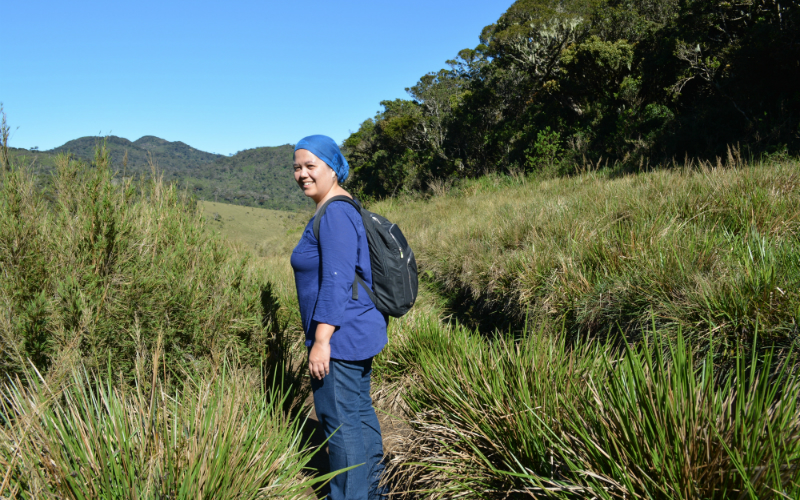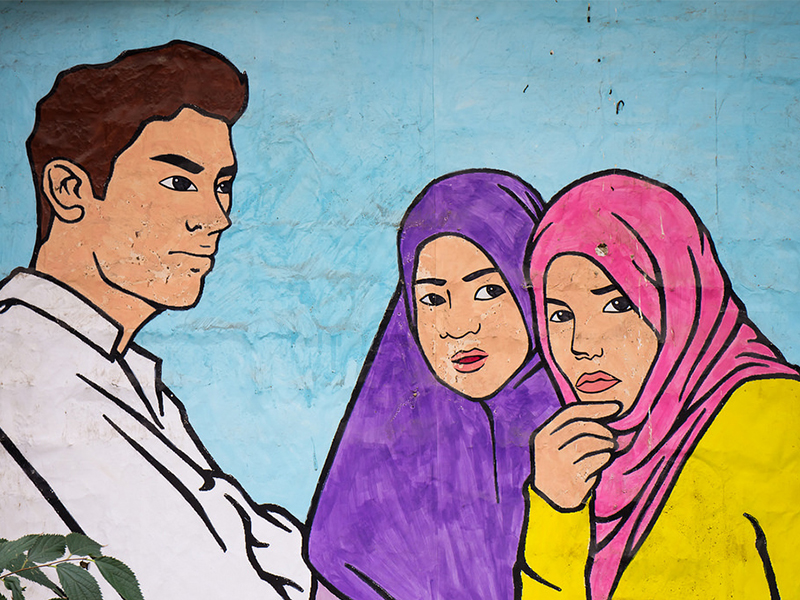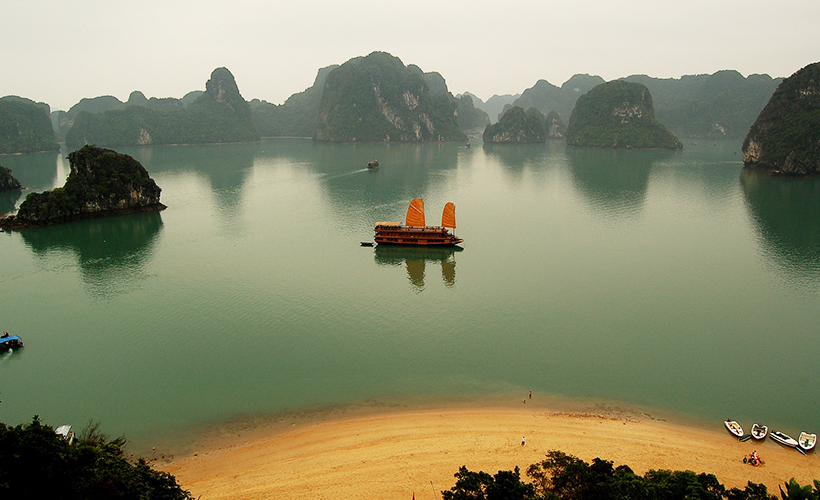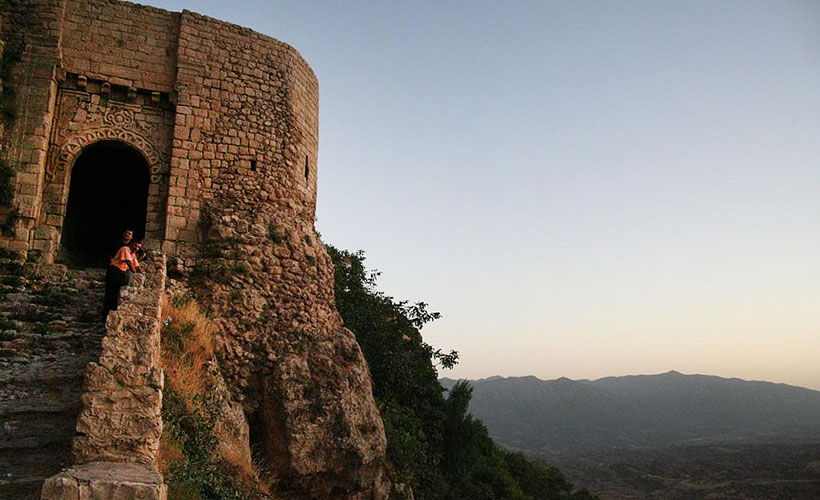
Amidiya (or Amedi) in Iraqi Kurdistan is only 10 kilometres from the Turkish border. It is surrounded by spectacular natural beauty, but the reason to visit the area holds a little bit more mystique. More than 2 millennia ago, three Persian priests set out on a journey from Amidiya to the small town of Bethlehem where they presented the baby Jesus with gifts of gold, frankincense, and myrrh.
Today these men are known as the Three Wise Men. Perhaps one of the most interesting aspects of Amidiya is the fact that Christians, Muslims, and Jews peacefully co-inhabit the area – and have done so for millennia, as evident in the ruins and buildings scattered around the village.
Amidiya is a small town or village built on a mountain top. It is about 550 kilometres north of Baghdad, and home to around 5,000 people. The Citadel is said to be over 1,000 years old and many of the buildings still have the original stonework intact. The houses are set in a circle inside the Citadel, around the Old Mosque.
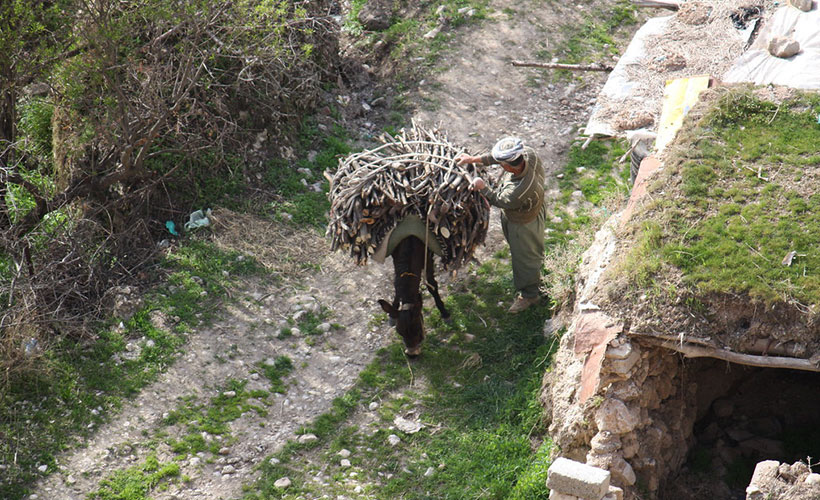
In the middle of the 12th century, the Church of Saint George was converted into a mosque. The original architecture can still be seen in the nave, arcades, and side-aisles. It is believed that the conversion happened due to the location and position of the building, and the fact that the floor is more than a meter below ground level. The 33 metre-tall minaret was added in the 16th century by Badini Emir Sultan Hussein Wali.
The Church of Saint Joseph no longer has a residing priest but is still frequented by the few Christian families left in Amidiya – to relax or attend religious ceremonies. The church is frugally decorated with simple plaster on the walls, pews hewn from solid wood, and an altar made from marble.
The Church of Mother Mary is also sparsely decorated, having been rebuilt in the 1990s with its original stones. It houses all the features of a modern church, including an altar that is decorated with pieces from the old church building.
The famous Old Gate is located to the west of the Citadel. The Gate of Amedi dates back to the Ottoman-era and the Badinan Emirate. Relief next to the gate shows evidence that the gate has been the entrance to the city for millennia.

Towards the northeast of the town is the ruins of one of the first Islamic schools in the Kurdistan Region. The Qubhan Madrasa School was built sometime in the 16th – 17th centuries and its ruins – busy undergoing restoration – rests amongst a tree-filled garden. It is believed to have been founded by Badini Emir Sultan Hussein. It was a boarding school and students studied science, religion, and the humanities here. The area is vast and holds a lot of historical significance to Amidiya (and all of Kurdistan). Visitors can see a spiral staircase, large columns, and many inscriptions as well as Star of David carvings. Associated more with Judaism today, the Star of David is historically an Ottoman Muslim motif.
The Mira Graveyard, also known as the Royal Graveyard, holds the remains of the Emirate of Amidiya. While the cemetery is small it houses graves from the Ottoman era, with the most recent grave being that of a woman who passed in the 20th century. The tombs are built in the old Islamic style, decorated with plant motifs and holy inscriptions.
Behind the main mosque is a small shrine to a Jewish rabbi, and is still a pilgrimage site for Jewish people today.
